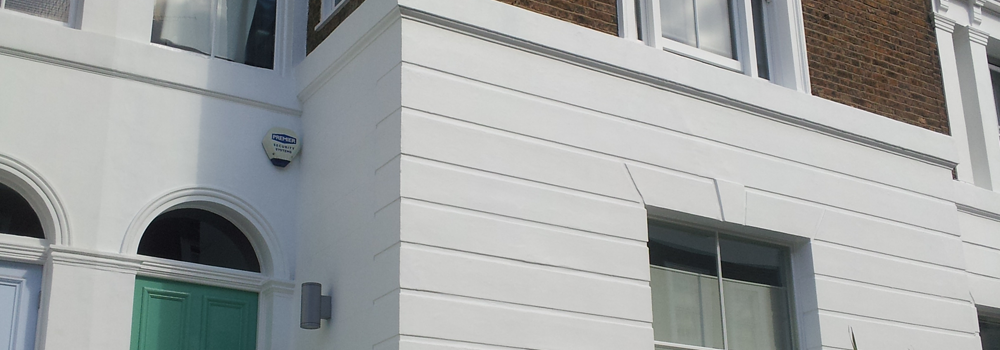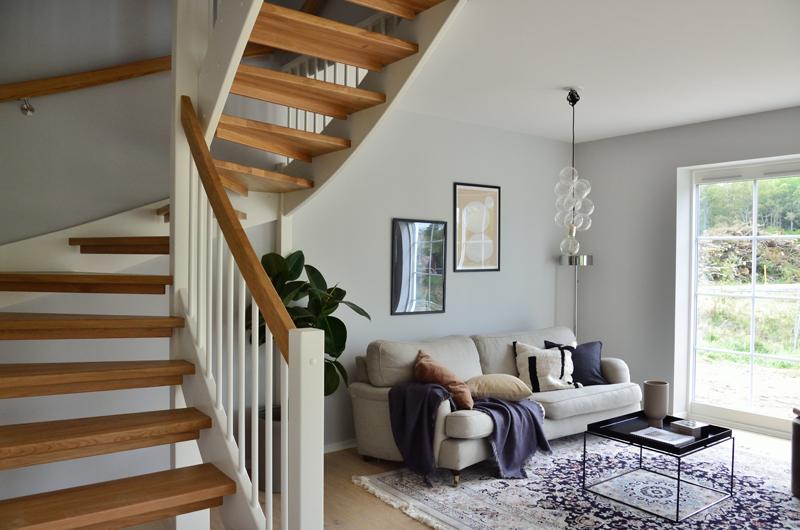Now is the time to start thinking about decorating your home. The weather is becoming…

Practical points about painting masonry on London properties
Painted exteriors are a well-established feature of some London buildings, and almost define certain familiar architectural styles and periods. We are frequently called on to inspect exteriors and advise on options for exterior painting – here are some of the principles on which we base our advice.

Where clients are considering painting walls that have not previously been painted, there are important practical considerations that have to be taken into account at an early stage.
Well done, with appropriate materials, an exterior paint will give good protection to outside walls while also improving the value of the property. If specified and applied correctly, it will last up to 15 years. But it is important to understand the options and avoid mistakes that can have the opposite effect.
Masonry paint should offer an effective barrier to water but should also allow the walls to breathe. Preventing moisture within the walls from being able to escape will almost certainly lead to problems, in some cases severe ones. Most masonry paints are described as ‘breathable’, but in some cases their permeability to moisture-laden air is not really adequate, and moisture can build up in the fabric of the wall.
Masonry paint is available in either a smooth or textured finish. Textured masonry paint is thicker, and ideal for covering fine cracks in existing surfaces. It is particularly suitable when extra durability is required or when the wall is exposed to harsh elements. Smooth finish paint, however, usually provides more than adequate protection in our climate if the surface itself is fairly smooth.
Masonry paints are suitable for covering most types of facings, such as render (including roughcast or pebbledash surfaces), and concrete, building blocks, existing emulsion or masonry painted surfaces.
Some bricks can also be painted, such as the sandy-faced bricks that are quite common in parts of London. But ‘common’ or ‘fletton’ bricks, even more familiar in London, aren’t suitable for usual masonry paints, and the Brick Industry Association says that any paint on these can only be expected last for around 5 years.
Choice of paint is a client’s decision and often comes down to a preference between different shades available from different manufacturers. However we do have a close relationship with the technical staff at Dulux and on occasion their advice has proved to be extremely valuable. Other things being equal, we tend to advise use of their Weathershield range with its 15-year guarantee.
We’re always happy to discuss what it is you’re looking for and to help you find the exact paint colours and finishes, along with the technical advice that may be needed to ensure a fully successful job.
Call us on 020 8994 4455, or email us at [email protected]
Best regards
Marlon Bulger,
Production Director



